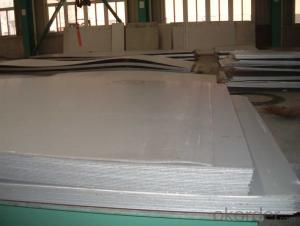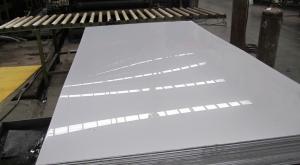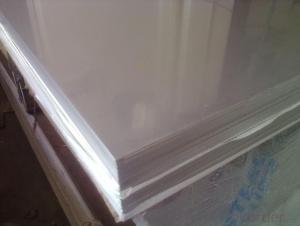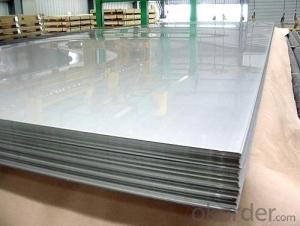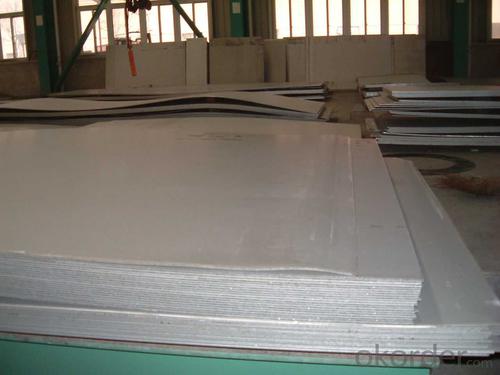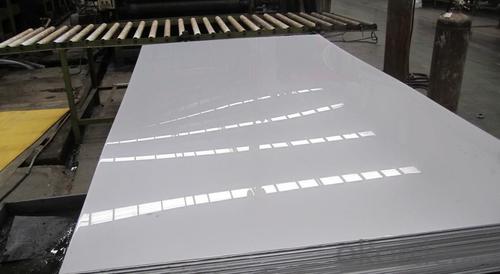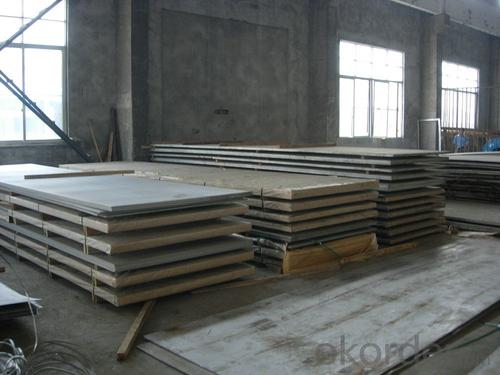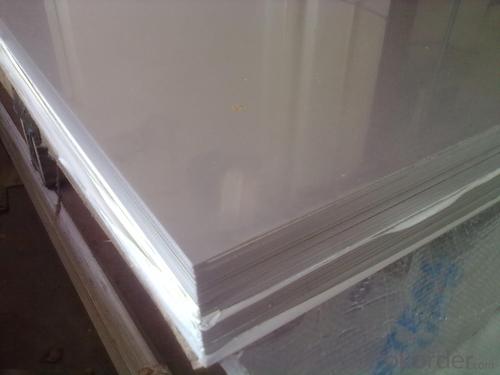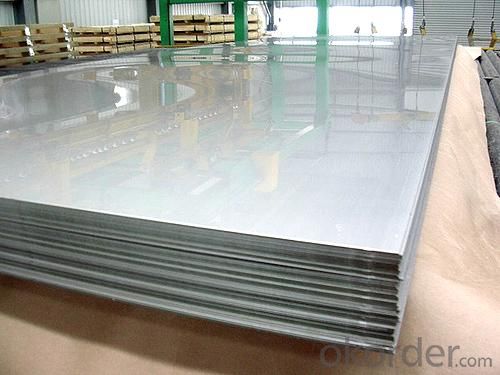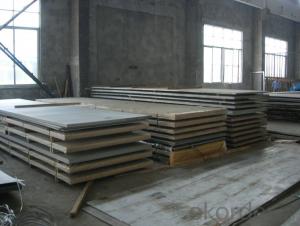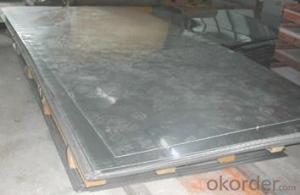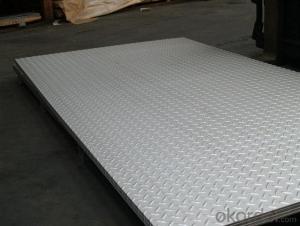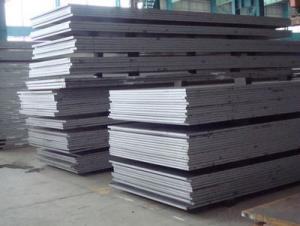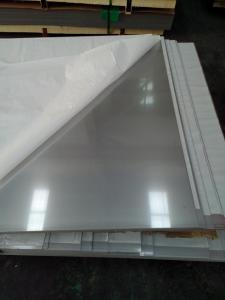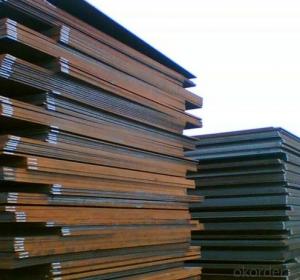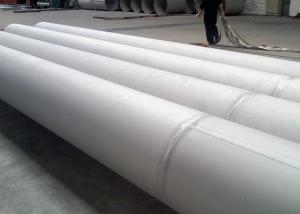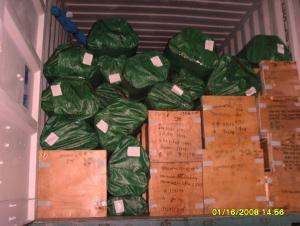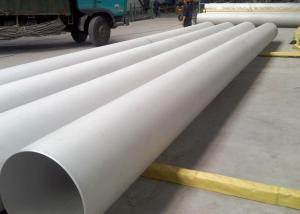Stainless Steel Sheet with 5mm Thickness for Building
- Loading Port:
- Shanghai
- Payment Terms:
- TT or LC
- Min Order Qty:
- 50000 m.t
- Supply Capability:
- 5000000 m.t/month
OKorder Service Pledge
OKorder Financial Service
You Might Also Like
Stainless Steel Sheet with 5mm Thickness for Building
Description of Stainless Steel Sheet with 5mm Thickness for Building:
Stainless steel is a production which not easy rust,acid resistance and corrosion resistance,so it is widelyused in light industry,heavy industry,daily necessities and the decoration industry.my company long-termsupply stainless steel porducts including:stainless steel sheet,stainless steel coil and stainless steel tube.
Main Features of Stainless Steel Sheet with 5mm Thickness for Building:
•Escalator, Elevator, Doors
•Furniture
•Production tools, Kitchen appliances, freezers, cold rooms
•Auto Parts
•Machinery and Packaging
•Equipment and Medical devices
•Transport system
Maintance of Stainless Steel Sheet with 5mm Thickness for Building:
(1) Regular cleaning and maintenance
(2) Pay attention to prevent the occurrence of the phenomenon of surface scratches
(3) Use soap, weak detergent or warm water to remove surface dust, dirt
(4) In addition to the surface of the binder with alcohol or an organic solvent (ether, benzene)
(5) Use neutral detergent or ammonia solution in addition to surface oil
(6) With 10% nitric acid or abrasive detergent in addition to the surface of the embroider caused by the dirt.
Applications of Stainless Steel Sheet with 5mm Thickness for Building:
Stainless steel’s resistance to corrosion and staining, low maintenance and familiar lustre make it an ideal material for many applications. There are over 150 grades of stainless steel, of which fifteen are most commonly used. The alloy is milled into coils, sheets, plates, bars, wire, and tubing to be used in cookware, cutlery, household hardware, surgical instruments, major appliances, industrial equipment Storage tanks and tankers used to transport orange juice and other food are often made of stainless steel, because of its corrosion resistance and antibacterial properties. This also influences its use in commercial kitchens and food processing plants, as it can be steamcleaned and sterilized and does not need paint or other surface finishes..
Specifications of Stainless Steel Sheet with 5mm Thickness for Building:
Description | steel sheet,hot rolled steel sheet,cold rolled steel sheet, steel sheet,sheet,steel plate |
Standard | ASME, ASTM, EN ,BS,GB,DIN, JIS etc |
Application | Steel sheet applies to construction field, ships building industry, petroleum & chemical industries, war and electricity industries, food processing and medical industry, boiler heat exchanger, machinery and hardware fields. |
Packaging | Standard export sea-worthy packing |
Delivery time | 10-30 days |
Quality | No.1 |
Productivity | 500 tons/Day |
Note | Our company has cooperative relation between the domestic agents. Stainless steel sheet can be made accordingto the customers requirements. Fasten delivery. Quality assured. |
Contacts | If you have any question,please feel free contact me. |
Surface Finish Characteristics of Stainless Steel Sheet with 5mm Thickness for Building:
| Surface finish | Characteristics and application |
| 2B | The surface brightness and flatness of no2B is better than no2D. then through a special surface treatment to improve its mechanical properties,No2B could nearly satisfy comprehensive uses. |
| No.1 | Polished with abrasive belt of grit#100-#200, have better brightness with discontinuous coarse stria, used as inner and external ornaments for building, electrical appliances and kitchen utensils etc. |
| No.4 | Polished with abrasive belt of grit #150-#180,have better brightness with discontinuous coarse stria, but thinner than No3, are used as bathtub buildings inner and external ornaments electrical appliances kitchen utensils and food processing equipment etc. |
| HL | Polished with abrasive belt of grit #150-#320 on the NO.4 finish and has continuous streaks, mainly used as buildings ornaments elevators, door of building, frontal plate etc. |
| BA | Cold rolled, bright annealed and skin-passed, the product have excellent brightness and good reflexivity like mirror, kitchen apparatus, ornament etc. |
| 8K | The product have excellent brightness and prefer reflexivity can to be the mirror. |
Images of Stainless Steel Sheet with 5mm Thickness for Building:
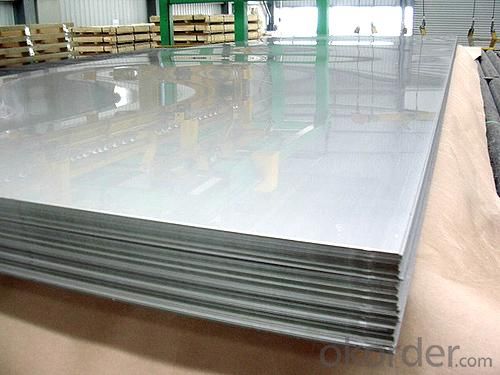
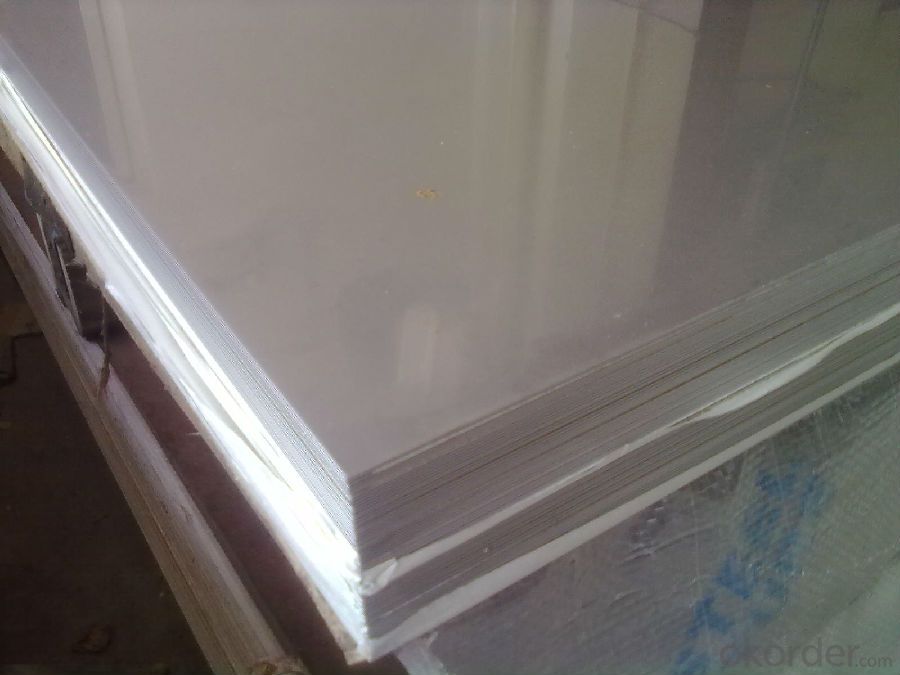
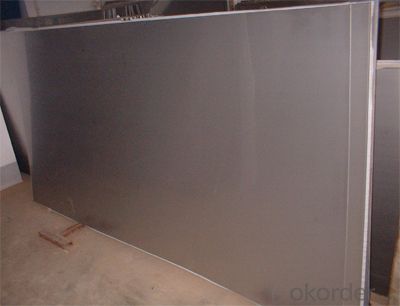
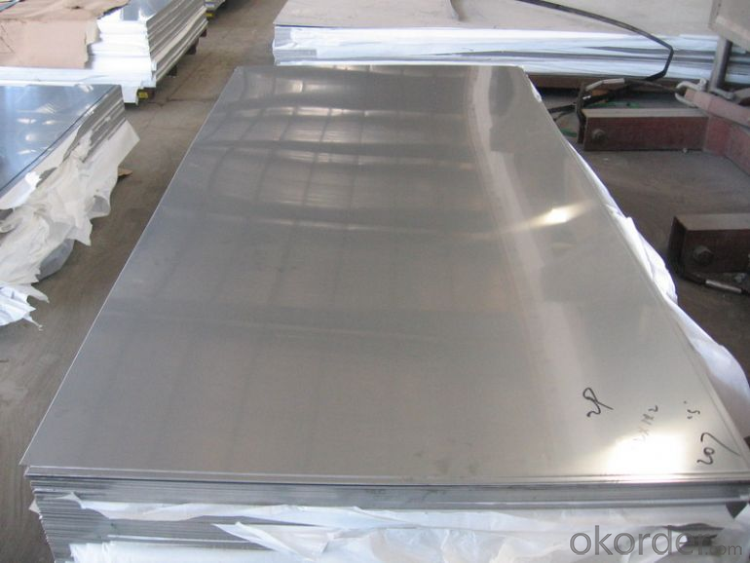
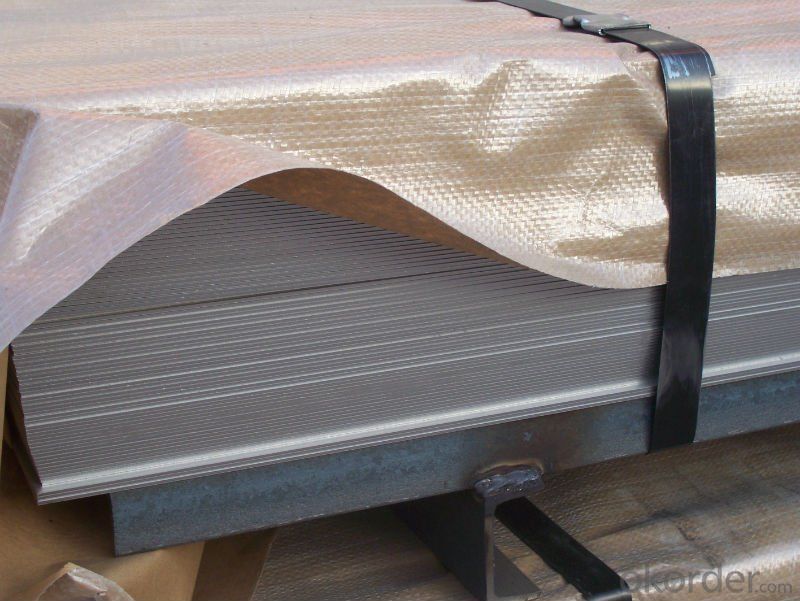
Sandard Seaworth Packing(wooden packing with water proof paper):
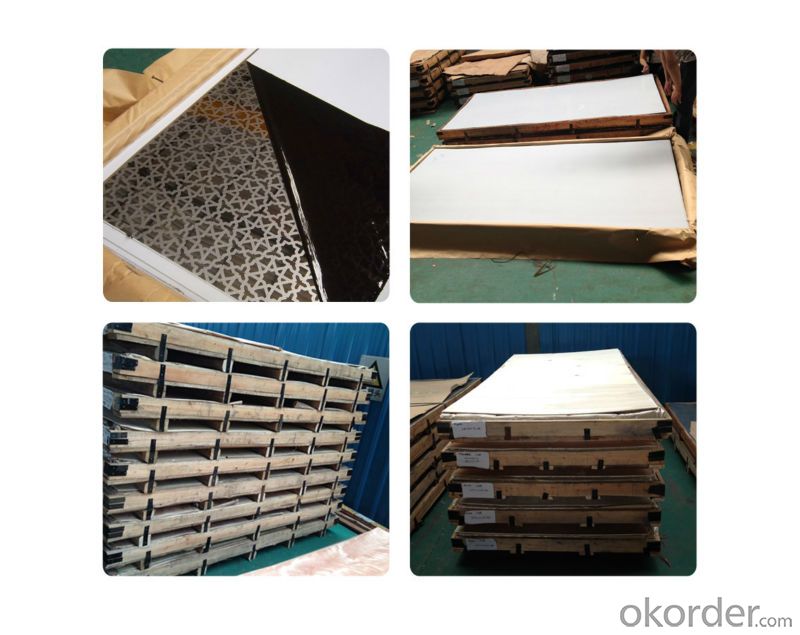
FAQ:
1. What are we supplying?
We are specialized in producing stainless steel coil, stainless steel (plate/sheet), and duplex stainless steel for a prelonged period. We are currently supplying grade of steel of 201/202,304/304L, 310S/309S/316L/316Ti/321, 410/420/430/443/444/409L, and 904L.
2. How Many years experience do we have?
We have been exported to more than 20 countries in the past 15 years.
3. How long do we usually reply your request?
We always reply our customer within 24 hours.
Our company adheres to the tenet of "survival by quality, build brand by reputation, win market by prices and innovate to develop", has developed international markets and the products are well sold in many countries as Singapore, Indonesia, South Korea, Dubai, Pakistan, Sri Lanka, Vietnam, Iran, Malaysia, Mexico, Chile, Brazil, Holland, Italy, Belgium, Russia, Moldova, Paraguay, Uruguay, Germany, Spain, USA etc. More than 40 countries.; commonly we have more than 500tons stainless steel materials in stock; so w can arrange the soonest delivery too; also we hope we will have chance to cooperate with your esteemed company!
- Q: Are stainless steel sheets suitable for chemical storage vessels?
- Indeed, stainless steel sheets prove to be a fitting option for chemical storage vessels. Renowned for its remarkable resistance to corrosion, stainless steel emerges as an optimal substance for the containment of diverse chemicals. It withstands the majority of acids, alkalis, and solvents, thereby guaranteeing the vessel's integrity and averting any potential chemical interactions or seepages. Furthermore, stainless steel boasts exceptional durability and an ability to endure elevated temperatures and pressures, rendering it an appropriate choice for an extensive array of chemical storage purposes.
- Q: Are stainless steel sheets suitable for laboratory equipment?
- Yes, stainless steel sheets are highly suitable for laboratory equipment. Stainless steel is known for its excellent corrosion resistance, making it ideal for use in laboratory settings where chemicals and other corrosive substances are frequently used. It is also easy to clean and maintain, which is crucial for maintaining a sterile environment in a laboratory. Furthermore, stainless steel is durable and can withstand high temperatures, making it suitable for a wide range of laboratory applications. Its strength and resistance to impact and wear ensure that laboratory equipment made from stainless steel can withstand rigorous use and last for a long time. Overall, stainless steel sheets offer a reliable and versatile material option for laboratory equipment.
- Q: Can stainless steel sheets be used for medical equipment?
- Indeed, medical equipment can utilize stainless steel sheets. The medical industry extensively employs stainless steel due to its remarkable resistance to corrosion, its durability, and its ease of cleaning. Surgical instruments, implants, medical devices, and equipment like sterilization trays, hospital beds, and operating room tables are commonly manufactured using stainless steel. As it does not react with bodily tissues or fluids, stainless steel is a secure and sanitary option for medical purposes. Moreover, it can endure numerous sterilization procedures without compromising its qualities, thus rendering it perfectly suited for hospitals and healthcare facilities.
- Q: Can stainless steel sheets be used for elevator mirrors?
- Certainly! Elevator mirrors can indeed be made using stainless steel sheets. Stainless steel, being both durable and versatile, is a favored material for elevator interiors due to its sleek and polished look. By polishing stainless steel sheets to a mirror-like finish, they can be effectively utilized as reflective surfaces for elevator mirrors. Furthermore, stainless steel's resistance to corrosion makes it well-suited for the humid and frequently challenging conditions typically encountered in elevators.
- Q: What does stainless steel sheet S2 stand for?
- Stainless steel plate has a smooth surface, high plasticity, toughness and mechanical strength, corrosion of acid, alkaline gas, solution and other medium.
- Q: Can stainless steel sheets be used for water treatment equipment?
- Indeed, water treatment equipment can indeed utilize stainless steel sheets. The exceptional resistance of stainless steel to both corrosion and oxidation renders it an optimal substance for water treatment purposes. In fact, it is frequently employed for the construction of tanks, pipes, valves, and other essential components within water treatment systems. Due to its durability and hygienic attributes, stainless steel proves itself capable of handling diverse forms of water, ranging from potable water to wastewater and industrial process water. Furthermore, stainless steel's effortless cleaning and maintenance procedures guarantee the longevity and effectiveness of water treatment equipment.
- Q: How do you straighten bent stainless steel sheets?
- Depending on the severity of the bend, there are several methods available for straightening bent stainless steel sheets. 1. For slight bends, a rubber mallet or hammer can be used to gently tap the bent area back into place. Gradually apply even pressure, starting from the center of the bend and moving towards the edges. It is important to avoid striking the stainless steel too forcefully, as this could cause further damage. 2. In cases of more severe bends, heat can be used to soften the stainless steel, making it easier to straighten. Begin by heating the bent area using a blow torch or heat gun. Once the stainless steel reaches a red-hot temperature, carefully use pliers or a vice grip to straighten the sheet. It is important to note that this method is most suitable for thicker stainless steel sheets, as thinner ones may warp or lose their shape when exposed to excessive heat. 3. For larger or heavy-duty sheets that cannot be easily straightened by hand, mechanical straightening is recommended. This involves using specialized tools like a hydraulic press or metal brake to apply controlled pressure and straighten the bent stainless steel sheet. It is crucial to carefully follow the manufacturer's instructions when using these tools to prevent accidents. Always wear appropriate safety gear, such as gloves and eye protection, when working with stainless steel sheets. If you are unsure or uncomfortable with straightening the sheets yourself, it is advisable to seek assistance from a professional metalworker or fabrication shop.
- Q: Can stainless steel sheets be used for water filtration?
- Water filtration can indeed utilize stainless steel sheets. Stainless steel is renowned for its resistance to corrosion, durability, and ability to withstand high temperatures, making it an ideal material for water filtration purposes. Stainless steel sheets can be molded into various filter elements, including screens, mesh, or cartridges, which effectively eliminate impurities and contaminants from water. The small mesh size of stainless steel sheets allows for efficient filtration while maintaining a high flow rate. Moreover, stainless steel is non-reactive and does not release any harmful substances into the filtered water, ensuring its safety for consumption. In conclusion, stainless steel sheets are a dependable option for water filtration due to their exceptional mechanical properties and resistance to corrosion.
- Q: Are stainless steel sheets resistant to acetic acid?
- Yes, stainless steel sheets are generally resistant to acetic acid.
- Q: How is stainless steel different from other types of steel?
- Stainless steel is a type of steel that is different from other types of steel primarily due to its composition and unique properties. It contains a minimum of 10.5% chromium, which forms a thin and invisible layer of chromium oxide on the surface of the steel. This layer is highly resistant to corrosion, making stainless steel highly durable and long-lasting. Unlike other types of steel, stainless steel does not easily rust, stain, or corrode when exposed to moisture, air, or chemicals. This corrosion resistance makes it suitable for various applications where exposure to harsh environments is expected, such as in kitchen appliances, cutlery, medical equipment, and construction materials. Furthermore, stainless steel has excellent strength and durability, making it ideal for applications that require high structural integrity. It is also heat-resistant, maintaining its strength and shape even at elevated temperatures. This property makes stainless steel widely used in industries like automotive, aerospace, and construction. Moreover, stainless steel is highly hygienic due to its non-porous surface and resistance to bacterial growth. It is easy to clean and maintain, making it a popular choice for food processing equipment, medical instruments, and sanitary applications. In summary, stainless steel stands out from other types of steel due to its corrosion resistance, strength, heat resistance, and hygienic properties. These qualities make it a versatile material used in various industries and applications, where durability, longevity, and resistance to external factors are crucial.
Send your message to us
Stainless Steel Sheet with 5mm Thickness for Building
- Loading Port:
- Shanghai
- Payment Terms:
- TT or LC
- Min Order Qty:
- 50000 m.t
- Supply Capability:
- 5000000 m.t/month
OKorder Service Pledge
OKorder Financial Service
Similar products
Hot products
Hot Searches
Related keywords
